10 Best Herbal Decoctions For Stye
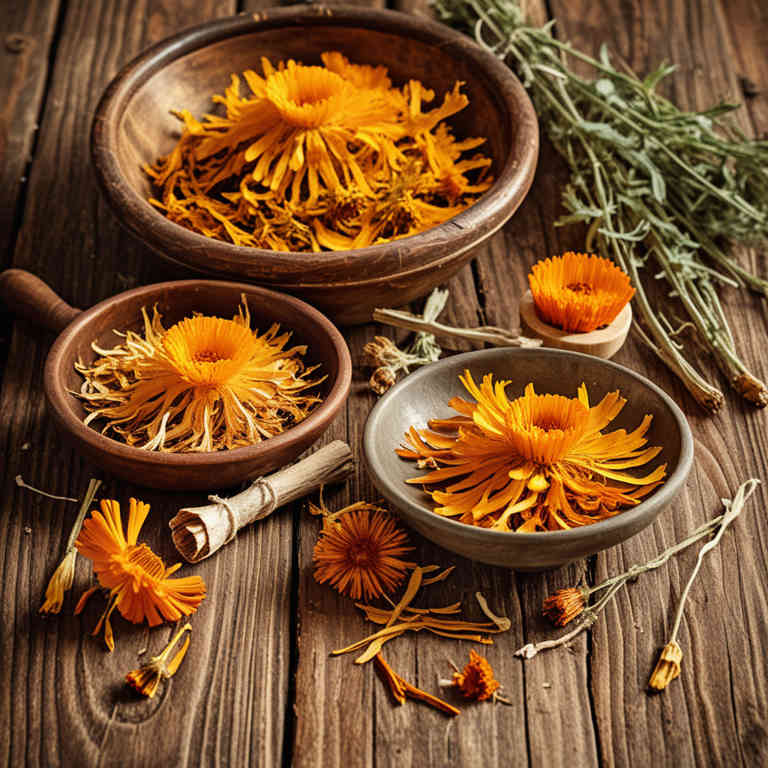
Herbal decoctions have been traditionally used to treat styes, which are painful red bumps on the eyelid caused by bacterial infection or blocked oil glands.
Commonly used herbs include chamomile, calendula, and echinacea, known for their anti-inflammatory and antimicrobial properties. To prepare a decoction, these herbs are boiled in water and then cooled before being used as a compress on the affected eye. The warm liquid helps to reduce swelling, drain the infection, and soothe discomfort.
While herbal decoctions can provide relief, they should be used in conjunction with proper hygiene and, if necessary, medical treatment from a healthcare professional.
FREE Herb Drying Checklist
How to make sure every batch retains maximum flavor, color, and aroma without the risk of mold or over-drying. Eliminate guesswork and trial-and-error, making herb drying faster, easier, and more efficient every time.
Table of Contents
1. Chamomilla recutita
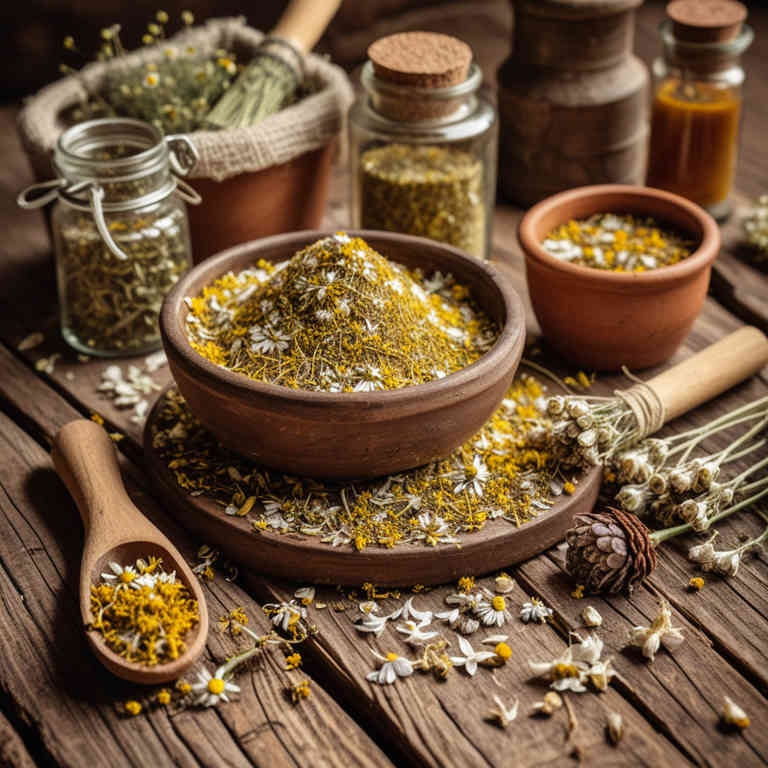
Chamomilla recutita, commonly known as German chamomile, has been traditionally used for its anti-inflammatory and antimicrobial properties, making it a potential remedy for stye, an infection of the eyelid.
Herbal decoctions made from chamomile flowers can be applied topically to the affected area to reduce redness, swelling, and discomfort associated with stye. The essential oils and flavonoids present in chamomile contribute to its soothing and healing effects on the skin. While chamomile decoctions are generally safe for external use, it is important to consult a healthcare provider before using them, especially if there is a history of allergies or skin sensitivities.
Overall, chamomilla recutita may offer a natural and gentle option for managing the symptoms of a stye.
2. Hypericum perforatum
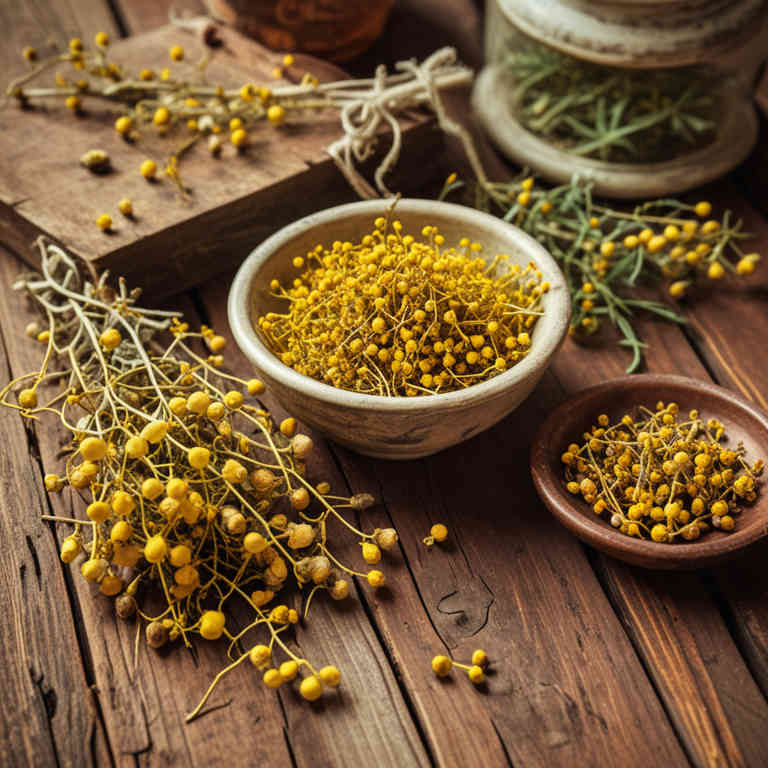
Hypericum perforatum, commonly known as St. John's Wort, is a herbal plant that has been traditionally used for its anti-inflammatory and antimicrobial properties.
When prepared as a decoction, it can be applied topically to help reduce swelling and redness associated with a stye, which is an infection of the eyelid. The active compounds in Hypericum perforatum, such as hypericin and flavonoids, may contribute to its effectiveness in fighting bacterial infections and promoting healing. However, it is important to consult a healthcare professional before using this herb, especially if you are on other medications, due to potential interactions.
While some people may find relief from using a Hypericum perforatum decoction for a stye, it should not replace medical treatment if the condition persists or worsens.
3. Aloe barbadensis
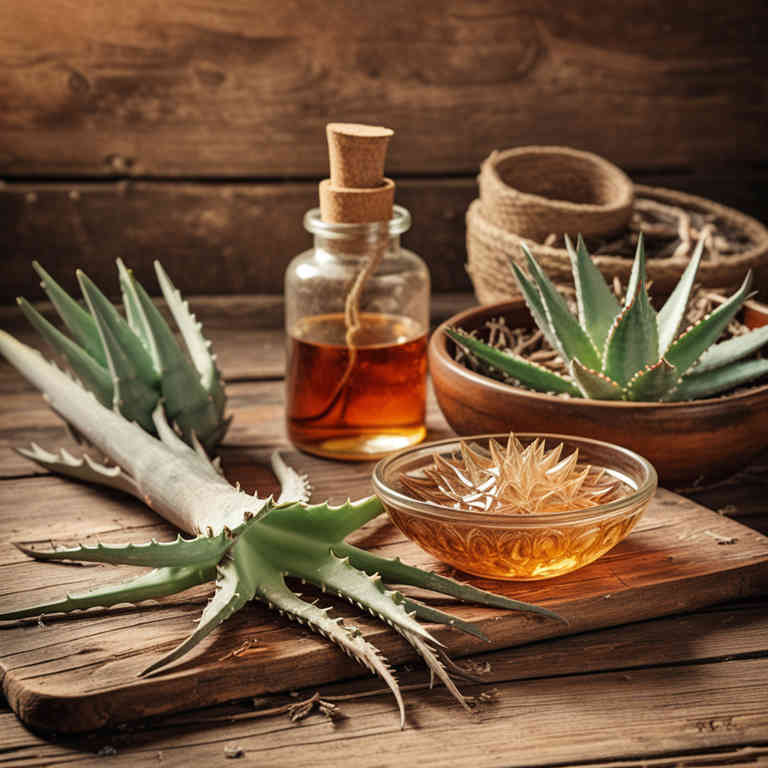
Aloe barbadensis, commonly known as aloe vera, has been traditionally used for its soothing and healing properties, including in the preparation of herbal decoctions for treating stye.
These decoctions are typically made by simmering the gel or leaves of the aloe plant in water to extract its beneficial compounds, such as polysaccharides, enzymes, and antioxidants. The anti-inflammatory and antimicrobial properties of aloe vera may help reduce redness, swelling, and infection associated with styes. When applied topically, aloe-based decoctions can provide relief and promote faster healing of the affected eye area.
However, it is important to consult a healthcare professional before using aloe vera decoctions, especially for eye-related conditions, to ensure safety and effectiveness.
4. Urtica dioica
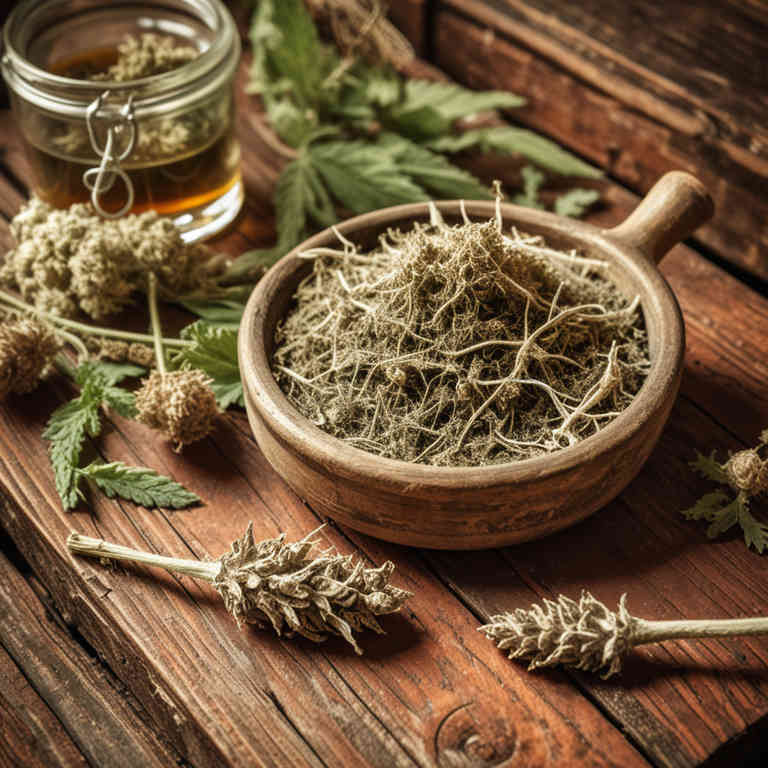
Urtica dioica, commonly known as stinging nettle, has been traditionally used in herbal medicine for its anti-inflammatory and antimicrobial properties.
When prepared as a decoction, the leaves and stems of Urtica dioica can be boiled to create a potent herbal remedy. This decoction may help reduce swelling and redness associated with a stye due to its high concentration of vitamins, minerals, and bioactive compounds. To use it for a stye, the decoction can be cooled and applied as a compress over the affected eye.
While it is generally considered safe, it is advisable to consult a healthcare professional before using it, especially if there are underlying health conditions or allergies.
5. Echinacea purpurea
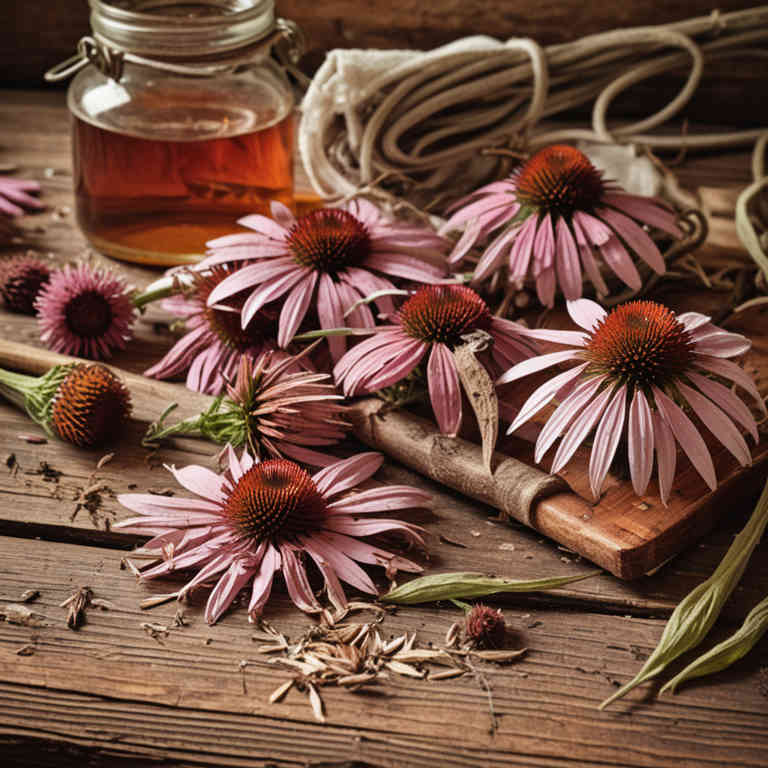
Echinacea purpurea, commonly known as purple coneflower, has been traditionally used in herbal medicine for its potential anti-inflammatory and immune-boosting properties.
While it is not a primary treatment for styes, some herbal practitioners may recommend echinacea purpurea herbal decoctions as a complementary therapy to support the body's natural healing processes. To prepare the decoction, the dried roots or leaves of echinacea are simmered in water for several minutes, then strained and consumed as a tea. However, it is important to note that echinacea may interact with certain medications and should be used with caution, especially in individuals with autoimmune conditions or allergies.
As with any herbal remedy, it is advisable to consult a healthcare professional before incorporating echinacea into a treatment plan for styes.
6. Rosa canina

Rosa canina, commonly known as dog rose, has been traditionally used in herbal medicine for its anti-inflammatory and astringent properties.
Herbal decoctions made from Rosa canina can be beneficial for treating stye, a painful infection of the eyelid glands. The decoction is typically prepared by simmering the dried flowers and berries in water to extract their active compounds. Applying a warm compress soaked in the decoction can help reduce swelling and promote healing of the stye.
However, it is important to consult a healthcare professional before using Rosa canina decoctions, especially for persistent or severe cases.
7. Camellia sinensis
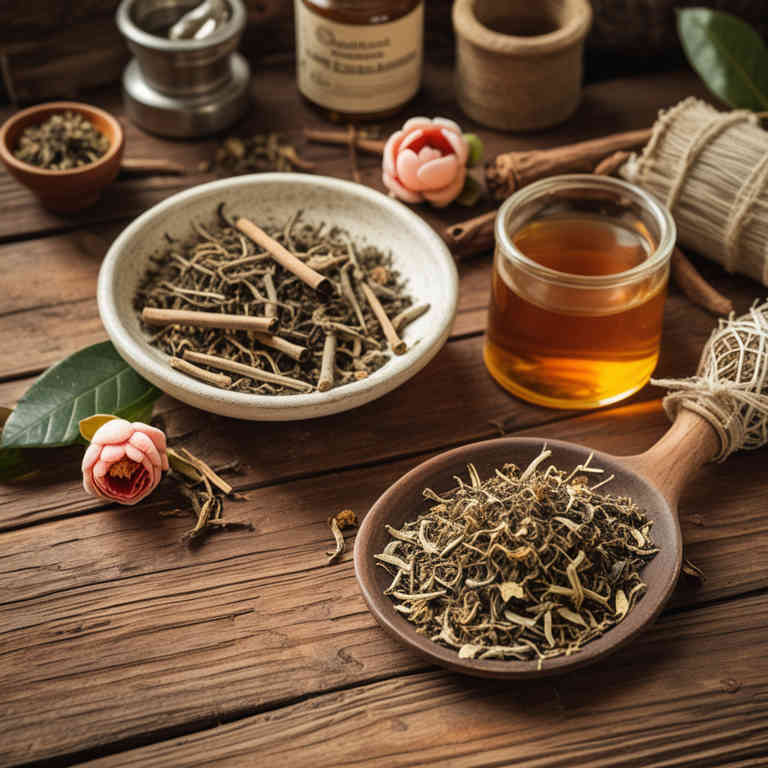
Camellia sinensis, commonly known as the tea plant, is the source of various herbal decoctions that have been traditionally used for their potential therapeutic properties.
While not a direct treatment for stye, some herbal decoctions made from Camellia sinensis, such as green tea or black tea, may offer anti-inflammatory and antimicrobial benefits that could support the healing process. These decoctions are often prepared by steeping the leaves in hot water and may be applied topically or consumed internally, depending on the specific preparation. However, it is important to note that stye is typically caused by bacterial infection, and herbal remedies should not replace professional medical advice or treatment.
Individuals should consult with a healthcare provider before using any herbal decoctions for stye to ensure safety and effectiveness.
8. Thymus vulgaris
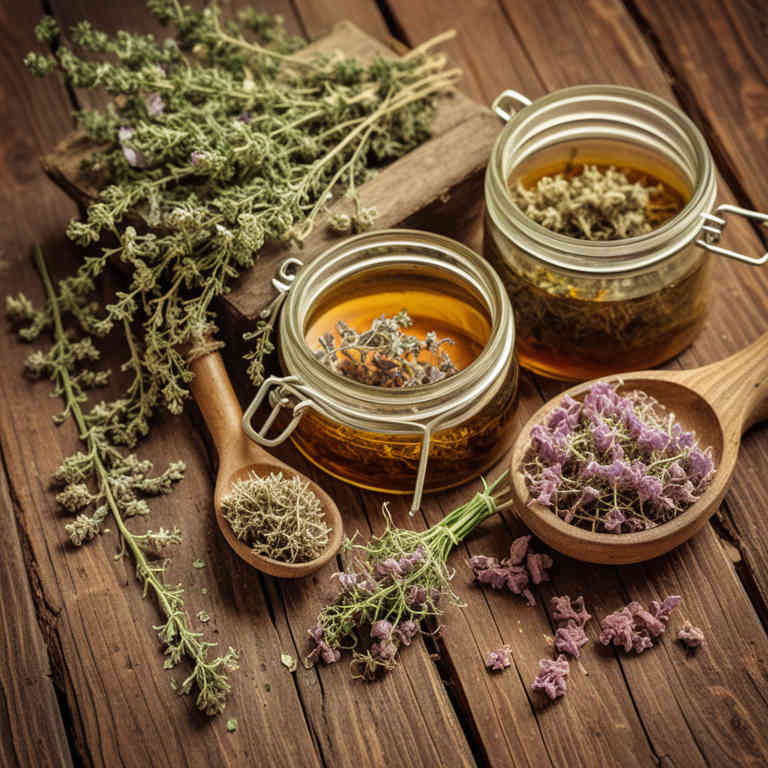
Thymus vulgaris, commonly known as thyme, has been traditionally used in herbal medicine for its antimicrobial and anti-inflammatory properties.
Herbal decoctions made from thyme can be prepared by simmering the dried leaves in water for several minutes, creating a potent infusion. These decoctions are believed to help reduce bacterial infections, which are often the cause of styes. When applied topically as a warm compress, thyme decoctions may alleviate the redness, swelling, and discomfort associated with styes.
However, it is important to consult a healthcare professional before using thyme or any herbal remedy, especially if symptoms persist or worsen.
9. Salvia officinalis
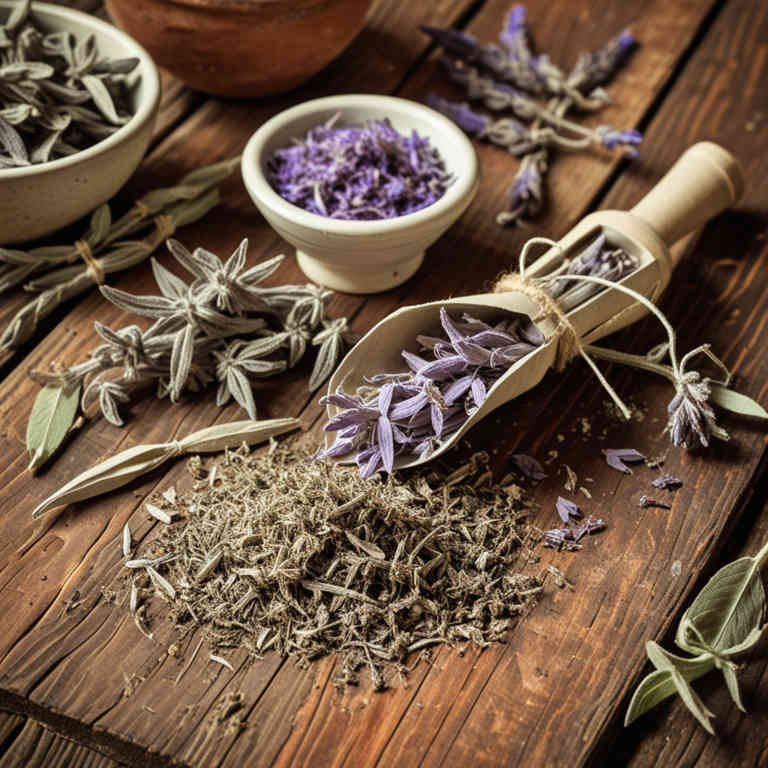
Salvia officinalis, commonly known as sage, has been traditionally used in herbal medicine for its anti-inflammatory and antimicrobial properties.
When prepared as a decoction, sage can help alleviate symptoms of a stye by reducing redness, swelling, and bacterial infection around the eyelid. To make the decoction, fresh or dried sage leaves are boiled in water for several minutes, then strained and cooled before application. The astringent properties of sage may also help dry out the infected area, promoting faster healing.
While sage decoctions are generally safe for topical use, it is advisable to consult a healthcare professional before using them, especially if the stye persists or worsens.
10. Silybum marianum
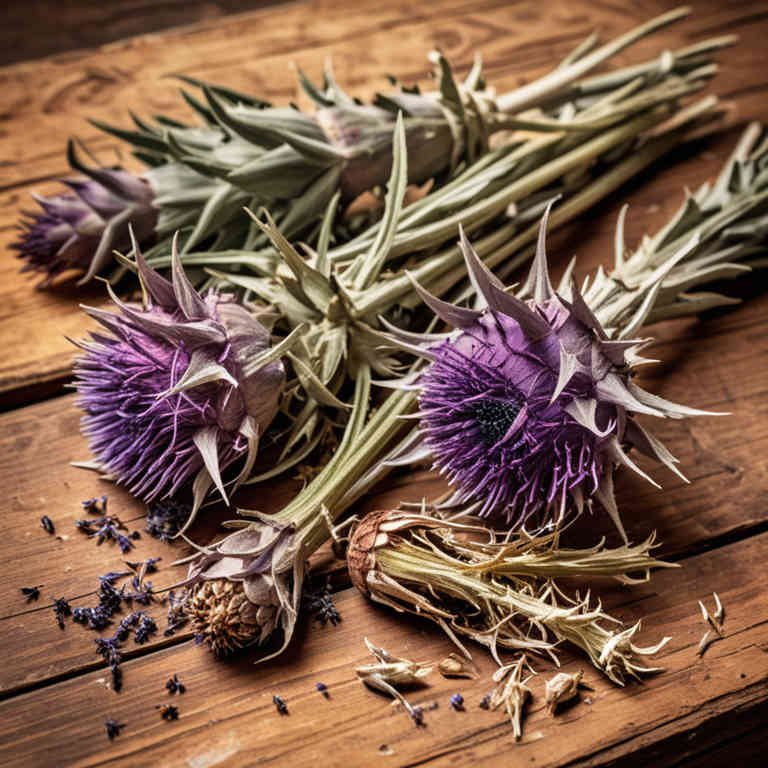
Silybum marianum, also known as milk thistle, is a herbal remedy that has been traditionally used for its potential liver-protecting properties.
While it is not a direct treatment for stye, some studies suggest that its anti-inflammatory and antioxidant compounds may help reduce eye inflammation and support overall ocular health. Herbal decoctions made from silybum marianum can be prepared by boiling the dried seeds in water, and the resulting liquid may be used as a compress or consumed internally under the guidance of a healthcare professional. However, it is important to note that there is limited scientific evidence specifically linking silybum marianum to the treatment of stye, and it should not replace conventional medical care.
Always consult with a healthcare provider before using any herbal remedy, especially for eye conditions.